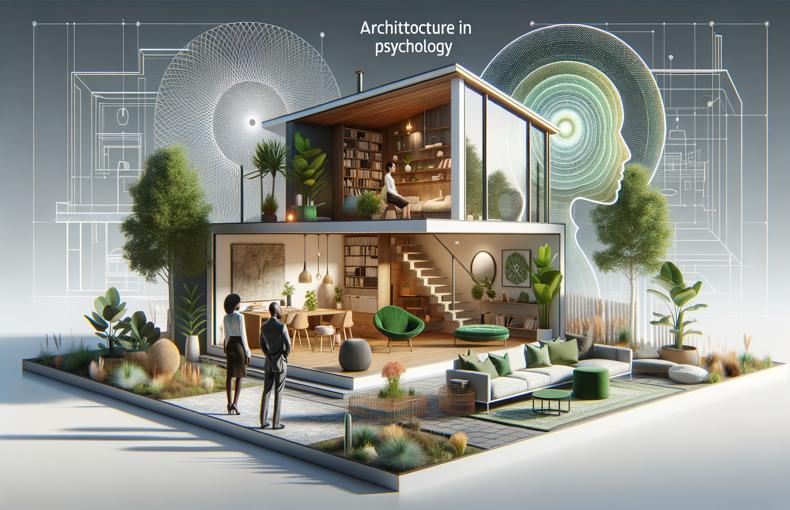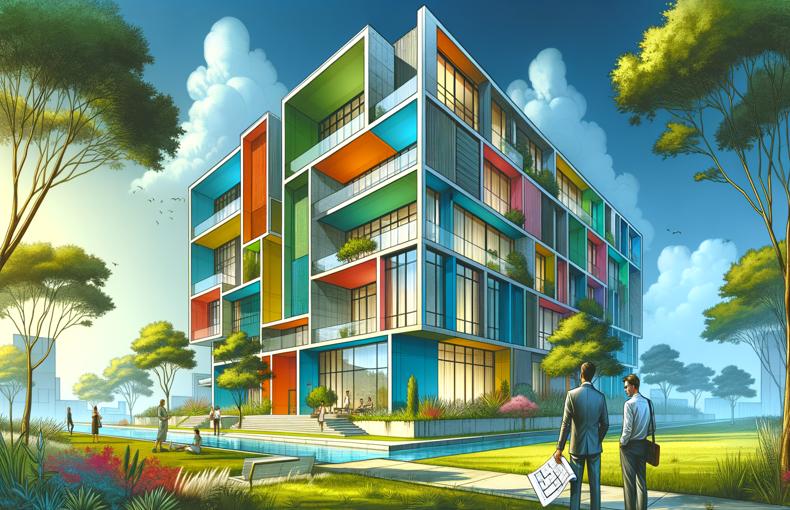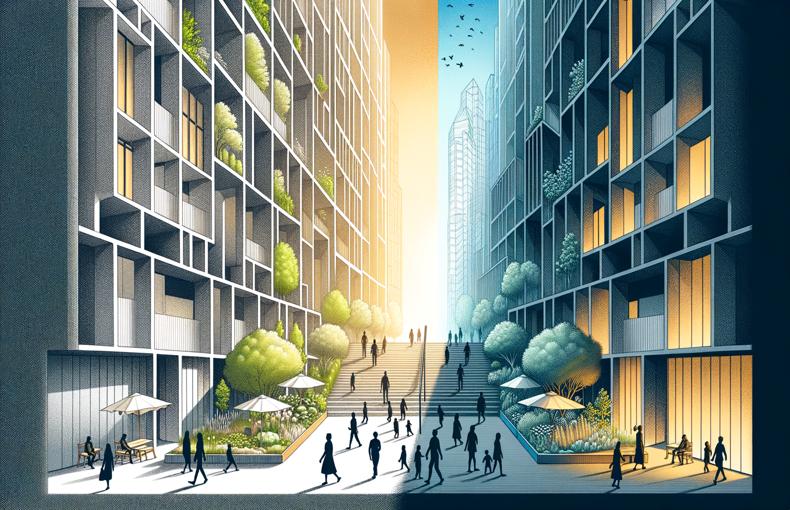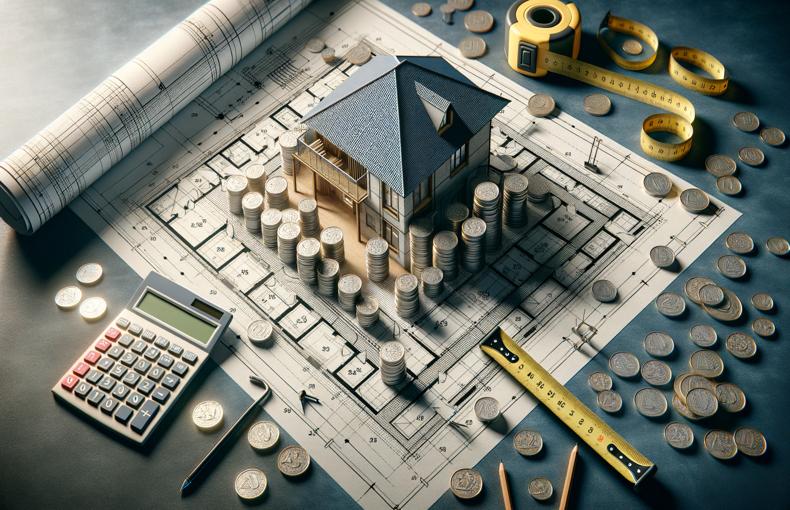The Psychology of Space: How Architecture Affects Mood and Well-Being
Welcome to our architectural blog, where we explore the fascinating intersection between design and psychology. Today, we delve into a topic that lies at the heart of our profession: "The Psychology of Space: How Architecture Affects Mood and Well-Being." As architectural drafters, we understand that our creations are not merely structures; they are environments that deeply influence human emotions and behaviors. Join us as we uncover the profound impact that architecture has on our daily lives.
-
Form Follows Function: In the world of architecture, the adage "form follows function" underscores the importance of designing spaces that serve their intended purpose. When a space is well-designed to accommodate the activities it hosts, it promotes efficiency and enhances productivity. Whether it's a cozy residential home or a bustling office complex, thoughtful architecture fosters a sense of harmony between inhabitants and their surroundings.
-
Natural Light and Biophilic Design: One of the most potent elements in architectural design is natural light. Sunlight streaming through windows not only illuminates a space but also uplifts mood and boosts overall well-being. Incorporating biophilic design principles, which mimic nature within built environments, further enhances this effect. By introducing elements such as greenery, natural textures, and views of the outdoors, architects can create spaces that resonate with our innate connection to the natural world, reducing stress and promoting tranquility.
-
Spatial Flow and Emotional Response: The layout of a space profoundly impacts how we navigate and interact within it. A well-planned flow can evoke a sense of calm and clarity, while a disjointed layout may induce feelings of confusion or anxiety. Architects meticulously consider circulation patterns, sightlines, and spatial hierarchy to orchestrate experiences that guide occupants seamlessly through a space. By crafting environments that feel intuitive and inviting, architects can shape positive emotional responses and enhance overall satisfaction.
-
Color, Texture, and Atmosphere: The palette of colors and textures employed in architectural design plays a pivotal role in shaping the atmosphere of a space. Warm hues evoke feelings of comfort and intimacy, while cool tones promote serenity and focus. Likewise, tactile materials such as wood, stone, or metal can imbue a space with richness and character, eliciting sensory delight. By carefully curating these visual and tactile elements, architects have the power to evoke specific emotions and cultivate desired moods within their creations.
Conclusion
In conclusion, architecture is far more than the mere assembly of bricks and mortar—it is the sculpting of environments that profoundly impact our mental and emotional well-being. From the strategic arrangement of spaces to the thoughtful selection of materials and colors, every design decision carries the potential to shape our experiences and enhance our quality of life. As architectural drafters, we embrace the responsibility to create spaces that not only fulfill functional requirements but also nurture the human spirit. Join us on this journey as we continue to explore the boundless possibilities of architecture in enriching our lives.











